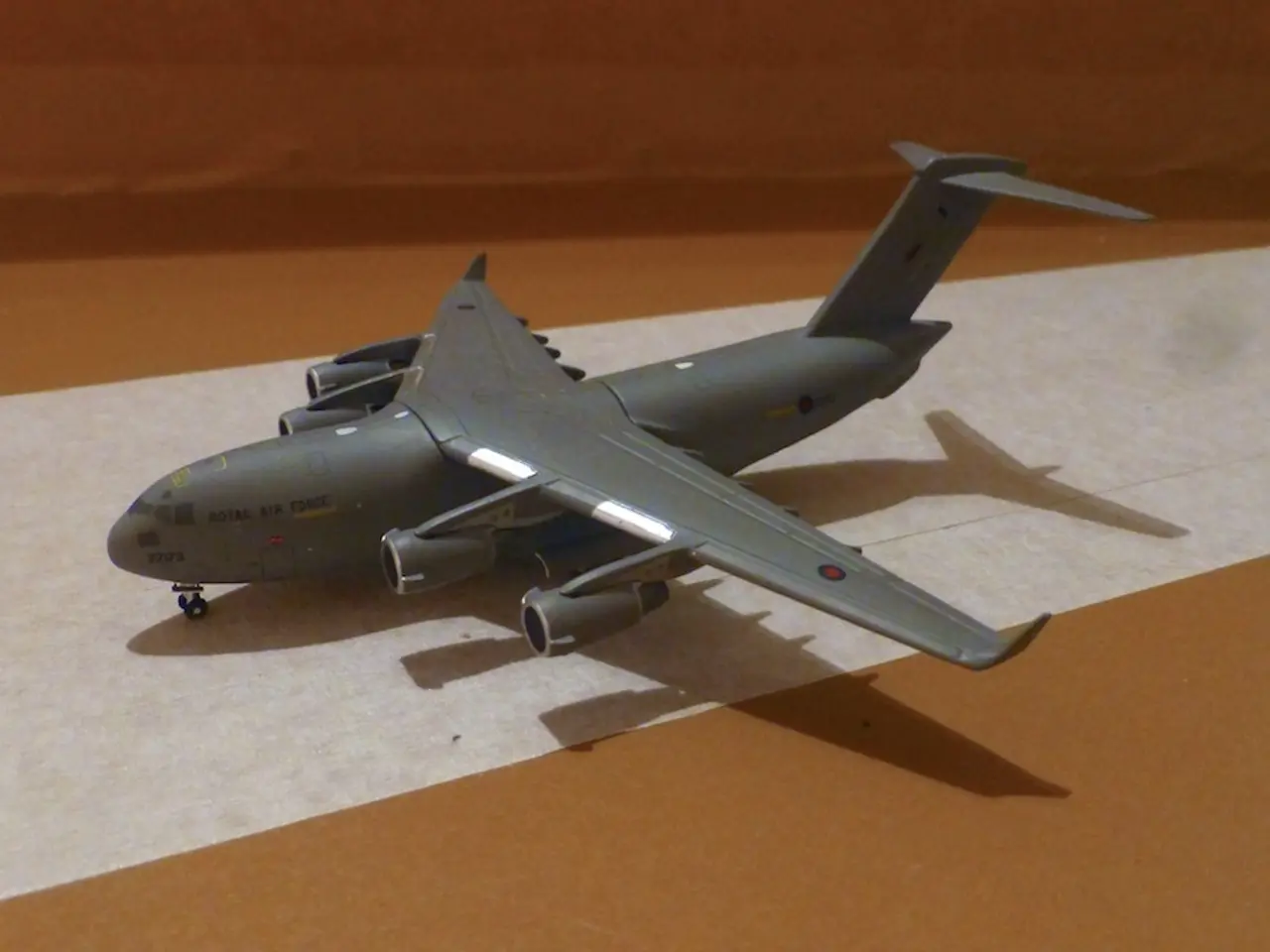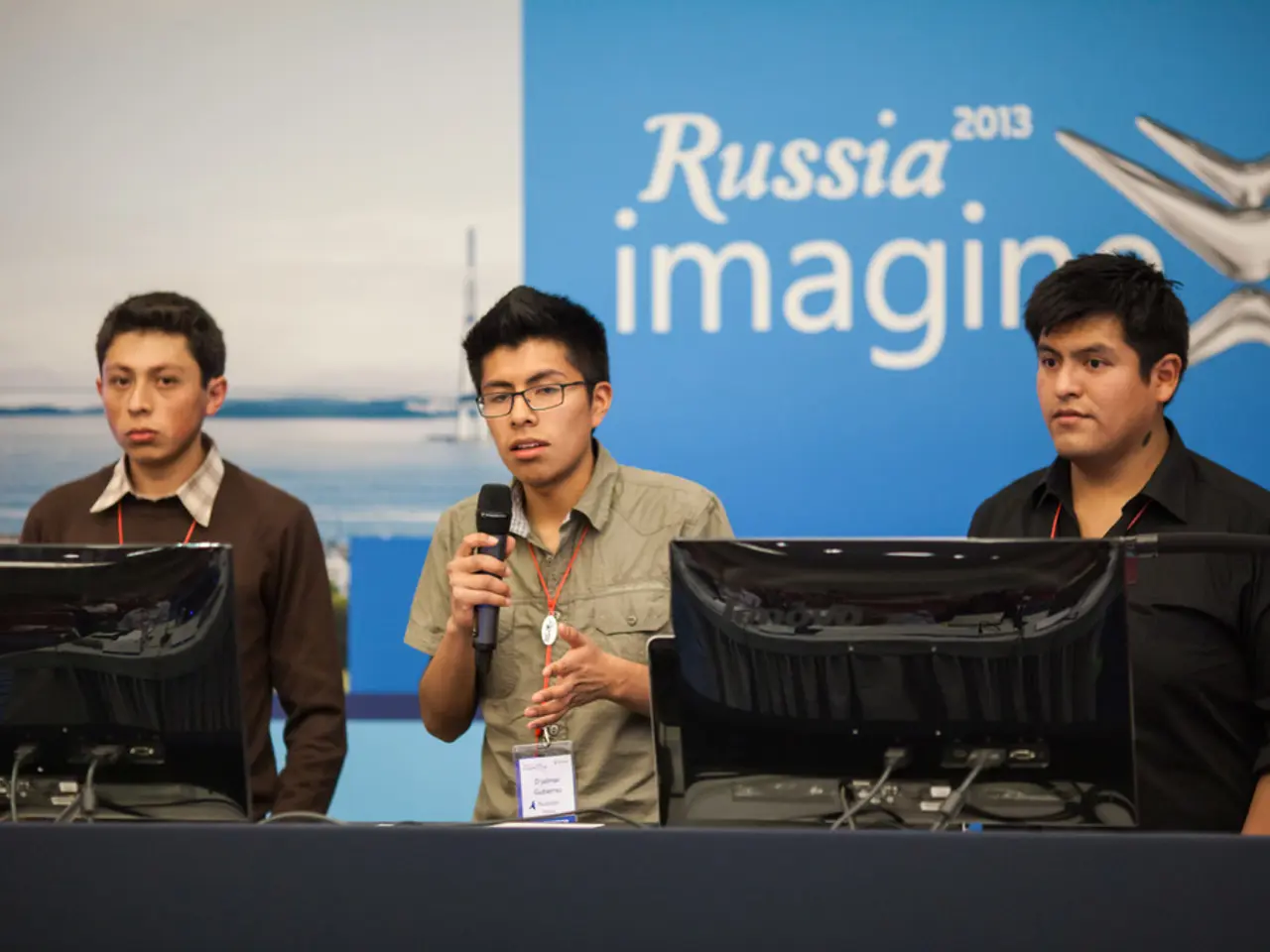Lawmakers unveil contrasting blueprints for 2026 fiscal plan in the House and Senate.
The 2026 National Defense Authorization Act (NDAA) is shaping up to have notable differences between the House and Senate regarding the F-35 and E-7 Wedgetail programs.
For the F-35 program:
The Senate Armed Services Committee's version authorizes 34 F-35A fighters, 10 more than the Pentagon’s request of 24, but does not allocate funding for these additional jets yet. The House draft, on the other hand, is initially silent on additional F-35 acquisitions, though the House later passed a defense appropriations bill funding 42 F-35s, significantly more than the Pentagon requested and the Senate proposes.
For the E-7 Wedgetail program:
The Pentagon budget request zeroed out funding for the E-7, planning cancellation. However, the House Armed Services Committee’s draft authorizes an extra $600 million to preserve the E-7 program, and the House appropriations bill includes funding to continue it. The Senate Appropriations Committee also includes funding for the E-7 program, with $647 million allocated, thereby reversing the Pentagon’s cancellation plans.
Lawmakers in both chambers have been critical of F-35 maker Lockheed Martin over program delays and cost matters, and the HASC chairman's mark cuts $208.7 million from F-35A research and development, specifically citing "Block 4 delays." To boost F-35 readiness, the HASC mark proposes to invest an extra $250 million for spare parts.
The Senate committee's plan bars the Air Force from retiring its remaining fleet of more than 100 A-10 close air support aircraft. The Senate version of the bill takes a hard line against the Air Force's plan to retire the A-10 fleet in 2026, proposing to ensure the inventory cannot "drop below 103 aircraft in FY26."
The House measure proposes to cut the authorization for KC-46 by $300 million, potentially trimming the buy by one or two aircraft next year. The Senate Armed Services Committee's version of the 2026 NDAA authorizes procurement for 34 F-35As, which is 10 more than the Pentagon requested but down from 44 in the 2025 budget. The HASC mark also endorses stripping out $200 million from development of the F-35 Block 4 upgrade and $380 million in development and procurement for the KC-46 tanker.
A group of retired Air Force generals, including six former Air Force chiefs of staff, signed a letter urging Congress to fund 75 new F-35As and to restore E-7 funding.
The Air Force appears to double down on the KC-46 tanker in its fiscal 2026 budget request, continuing current purchases and paving the way for additional KC-46 buys once the current contract is through. The House measure also proposes trimming research and development for new KC-46 capabilities by $80 million, citing a "program delay."
The President Budget request includes funding for 24 F-35A fighters. The E-7 is considered a priority for the chairman and the ranking member of the House Armed Services Committee. The annual defense policy bill was laid out by lawmakers on July 11.
The House chairman's mark does not touch the A-10, but several HASC members are likely to introduce an amendment on the issue. The House Armed Services Committee unveiled its initial draft of the authorization bill, which is silent on the matter of F-35s, but would authorize an extra $600 million to save the E-7 Wedgetail airborne early warning and control aircraft.
Gen. Kevin P. Chilton stated at a July 10 media roundtable that both terrestrial and space-based solutions are needed for the defense policy. The Air Force has argued for buying 72 new fighters a year to gradually reduce the average age of its fighter fleet, but former Air Combat Command boss Gen. John M. Loh suggests that even this number might not be enough to meet current demand for airpower.
In summary, the House tends to support greater funding for both the F-35 (more than requested) and E-7 Wedgetail (restored funding) programs, while the Senate authorizes more F-35s than requested but fewer than the House funds and also restores E-7 funding, preserving the program despite the Pentagon’s attempt to cancel it. Both chambers have not fully reconciled their versions, so final outcomes will depend on the upcoming conference negotiations.
- The F-35 program sees support from the House, as they authorize funds for 42 F-35s, a significant increase over the Pentagon's requested amount and the Senate's proposal.
- The Senate, on the other hand, authorizes more F-35s than the Pentagon requested but fewer than the House funds, with 34 F-35As in their version.
- Both the House and Senate aim to preserve the E-7 Wedgetail program, with the House budgeting an extra $600 million and the Senate allocating $647 million.
- Lawmakers in both chambers are critical of F-35 maker Lockheed Martin, with the House Armed Services Committee's draft cutting $208.7 million from F-35A research and development.
- A group of retired Air Force generals, including six former Air Force chiefs of staff, have urged Congress to fund 75 new F-35As and restore E-7 funding for the airborne early warning and control aircraft.





